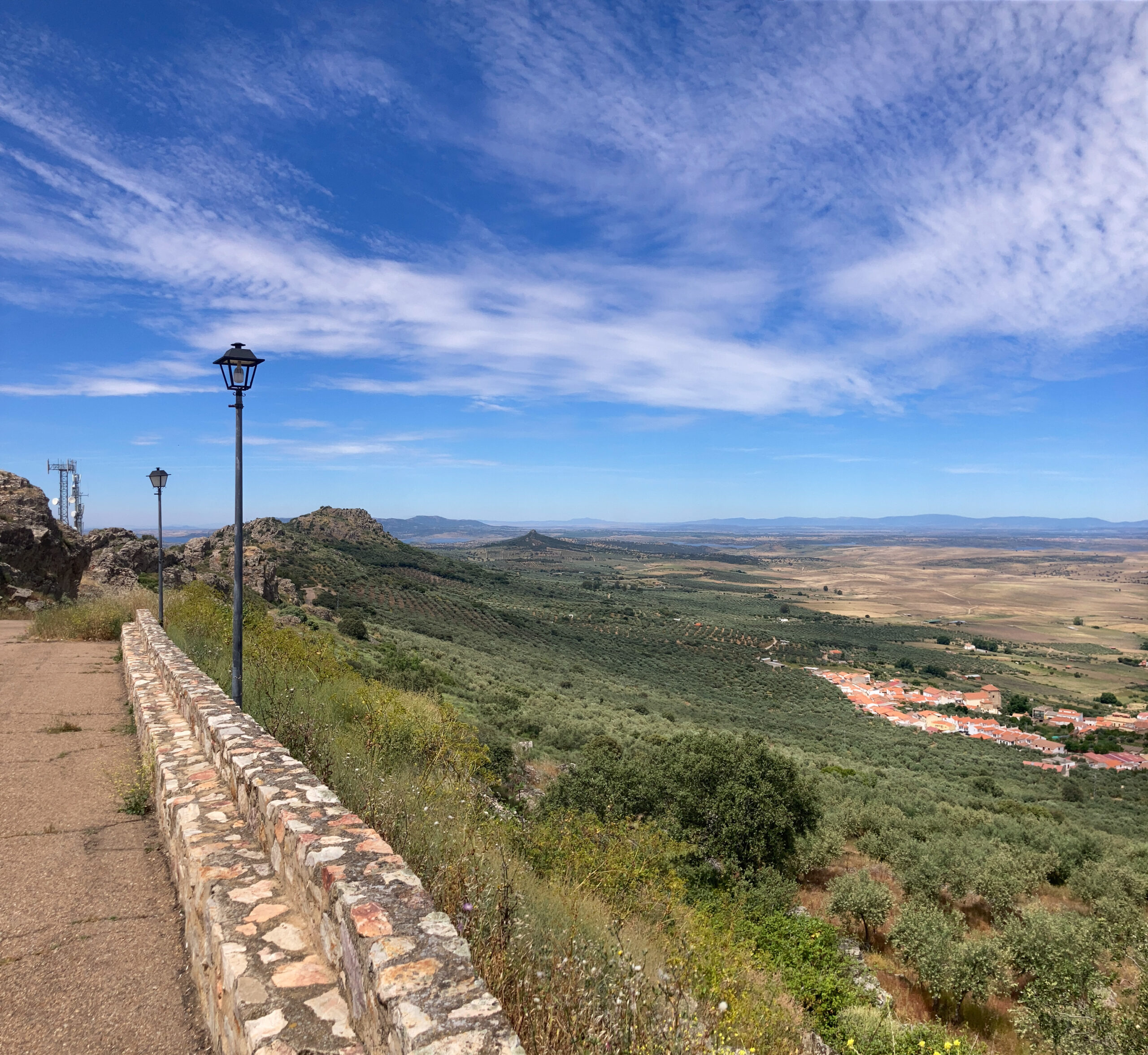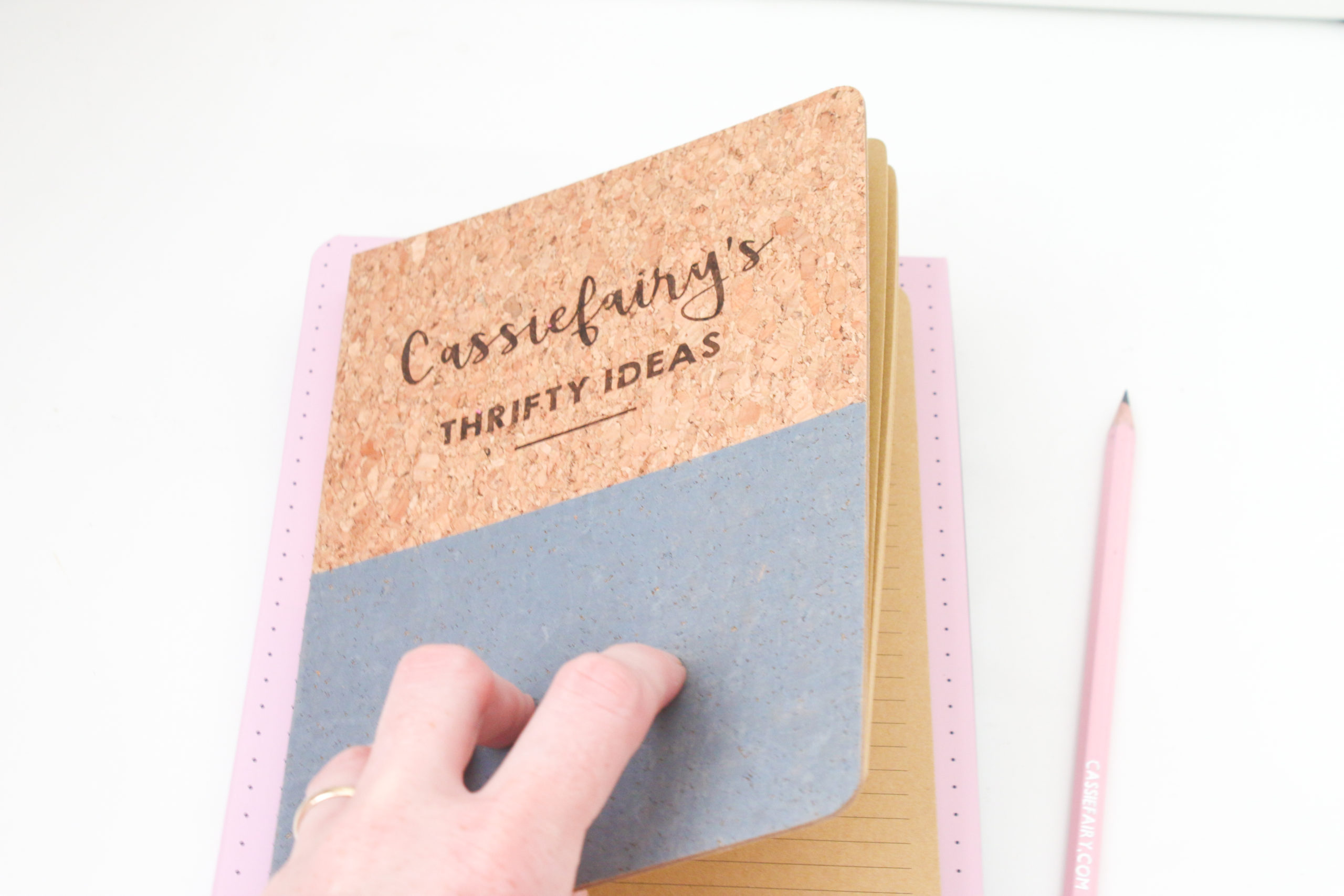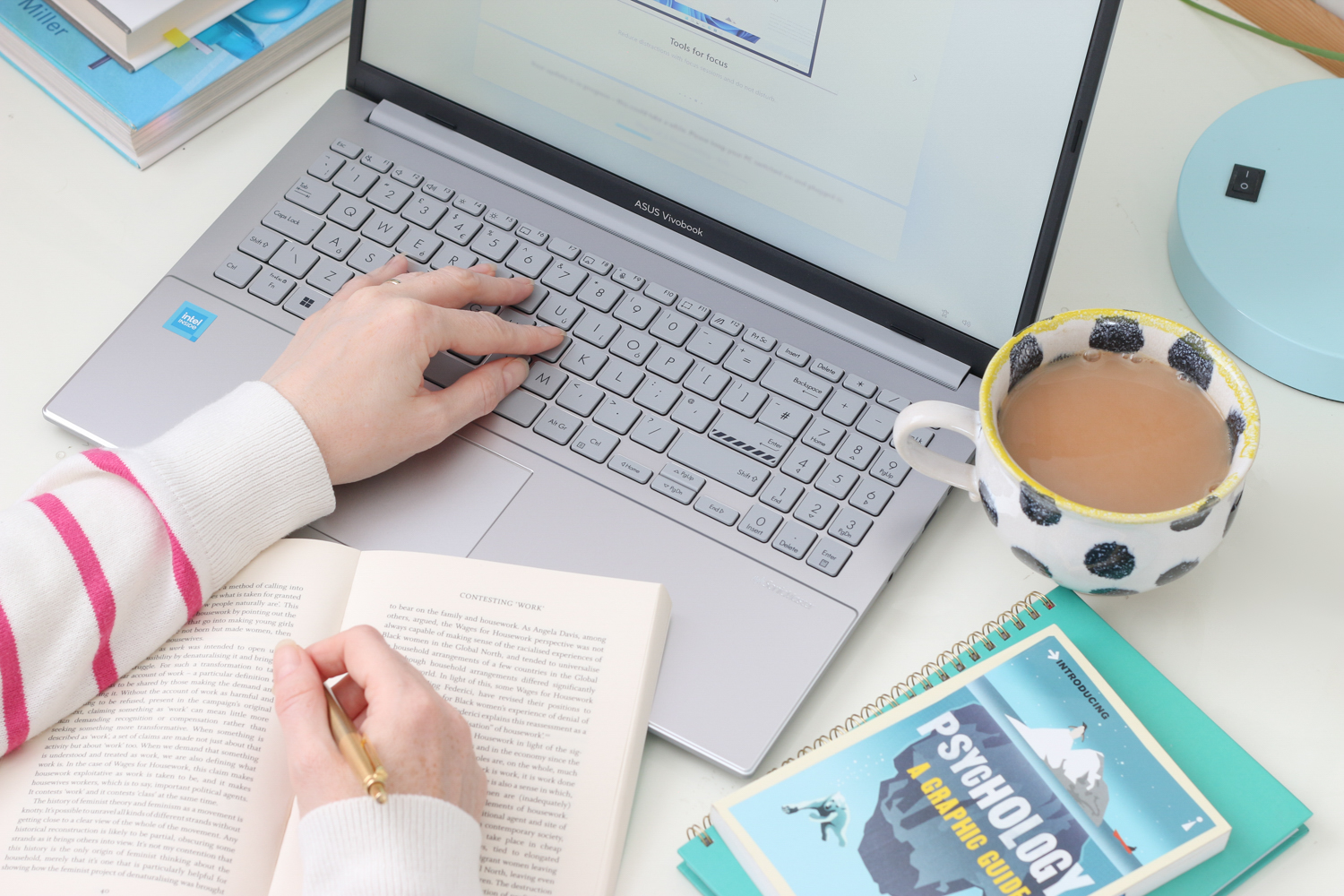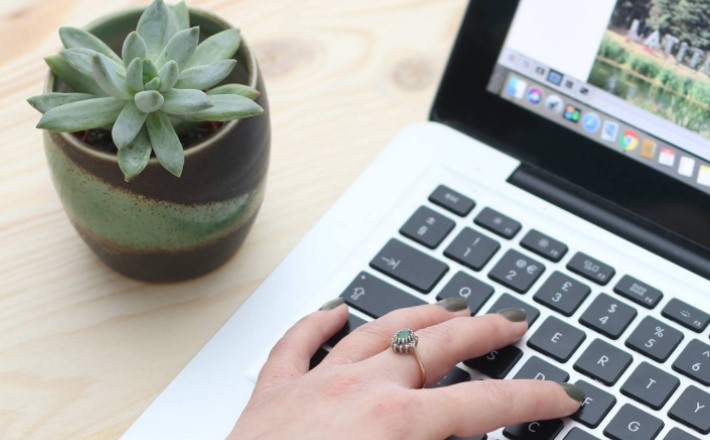After going to the 24 hour festival First Light last weekend and realising just how much sleep I actually do need, I’ve being doing some research into ways to sleep better. Today’s blog post contain a few of the tech-related tips that could help you to tune out and get a great night’s sleep – here’s how…
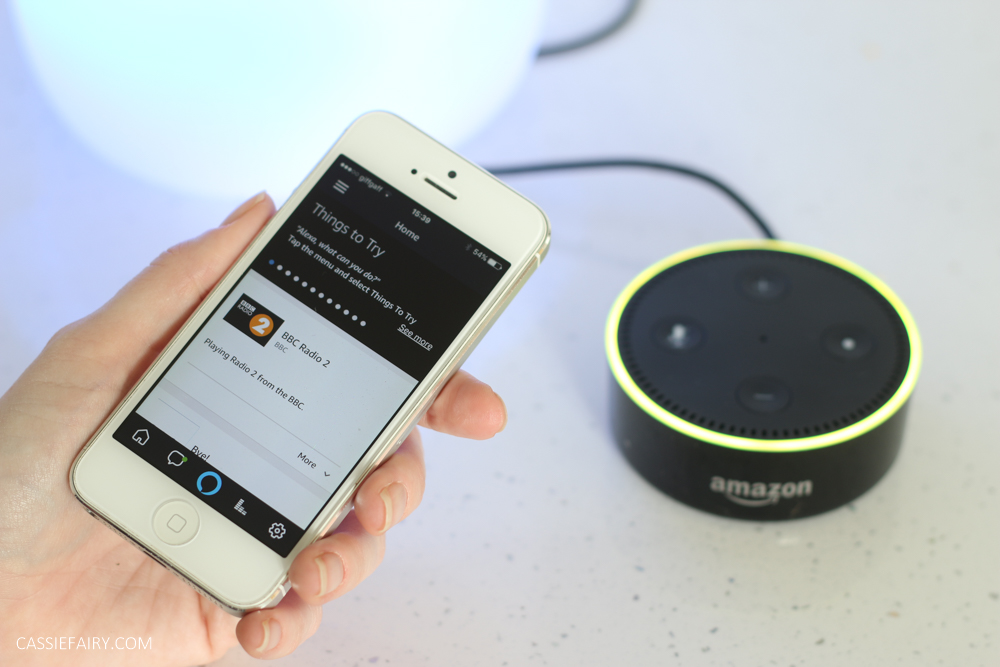
24 hours awake. Could you do it? The First Light Festival at Lowestoft celebrated the longest day of the year and ran from midday on Saturday, all through the night, until midday on Sunday. And I planned to stay awake for all off it. However…
By about 2am I needed to go to bed. It wasn’t just 24 hours really, as I’d already been up since early the previous morning and the festivities would go on long into the following day. So I headed home to get some shut eye for a couple of hours before returning to the festival and seeing out the rest of the event, fully refreshed.
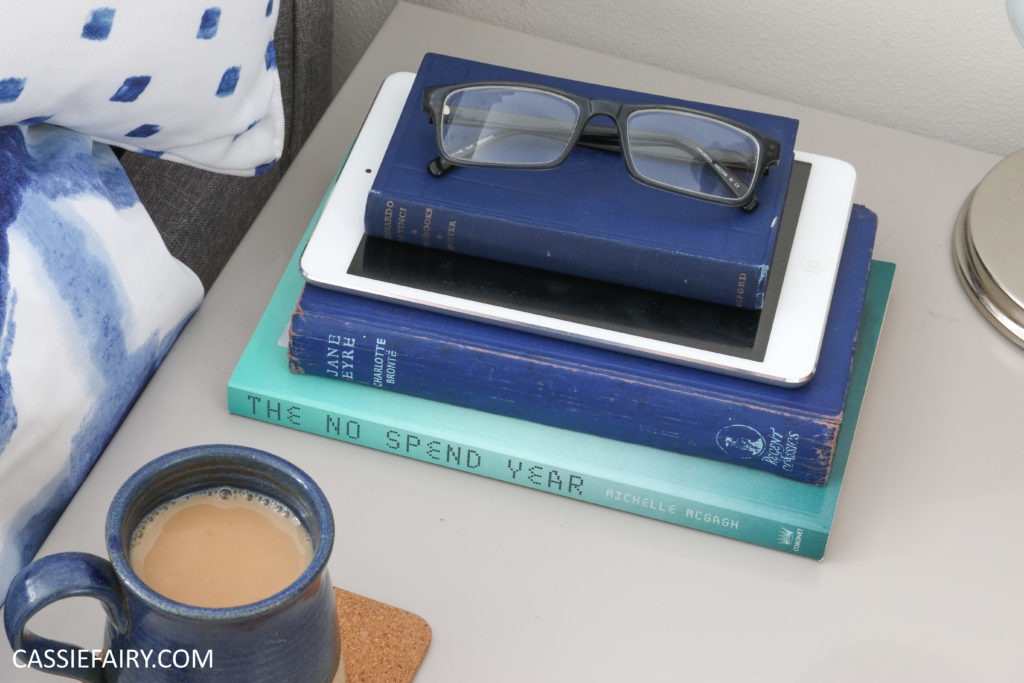
But it got me thinking about how much sleep I actually do need. And how I can get better quality sleep when I’m in bed too. There are plenty of ways that you can improve your sleeping environment with some subtle bedroom decor changes, but what can technology do to help? Or does it hinder your chances of getting a good rest?
SLEEPING PATTERNS
Firstly, it’s a good idea to get to know your usual sleep patterns so that you can understand how and when you sleep best. I was reading the Sleep Advisor’s list of 48 sleep hacks, which contains tricks to get better sleep and I was surprised to learn how many different sleeping patterns there are. It’s all to do with our 24-hour circadian rhythms and it’s surprising how easily our internal clock can get thrown off track.
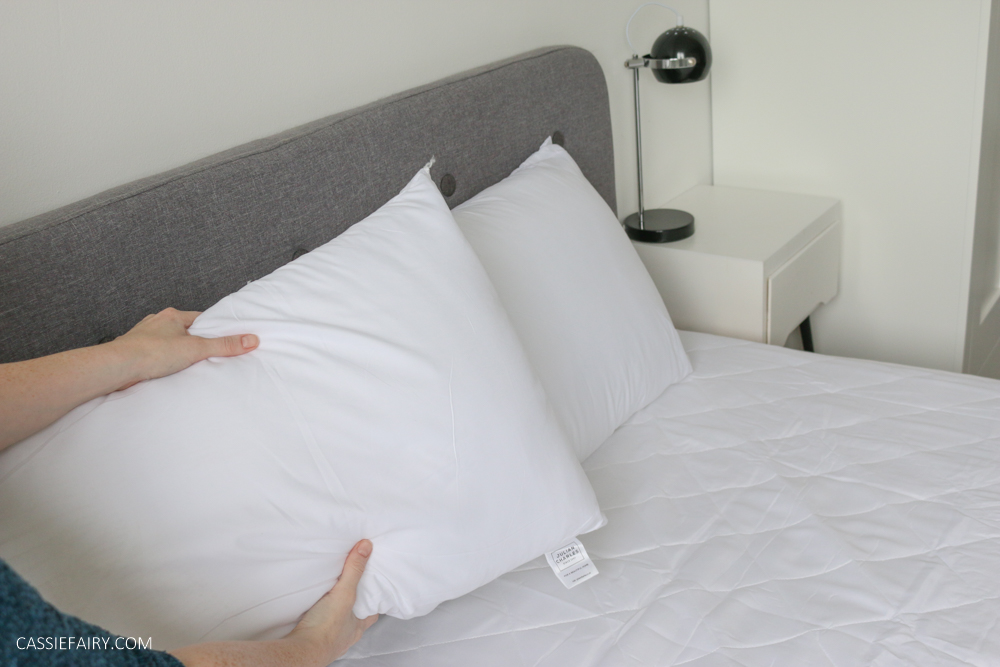
Technology can help you get an idea of your own sleeping patterns and how you can improve the quality of sleep you have. Tracking apps can be used to give you an insight into your usual pattern, and wearable sleep trackers (like the Fitbit) can also give you a clearer idea of when you’re sleeping. If you’re able to measure your sleep, you’ve got a good starting point to make some improvements.
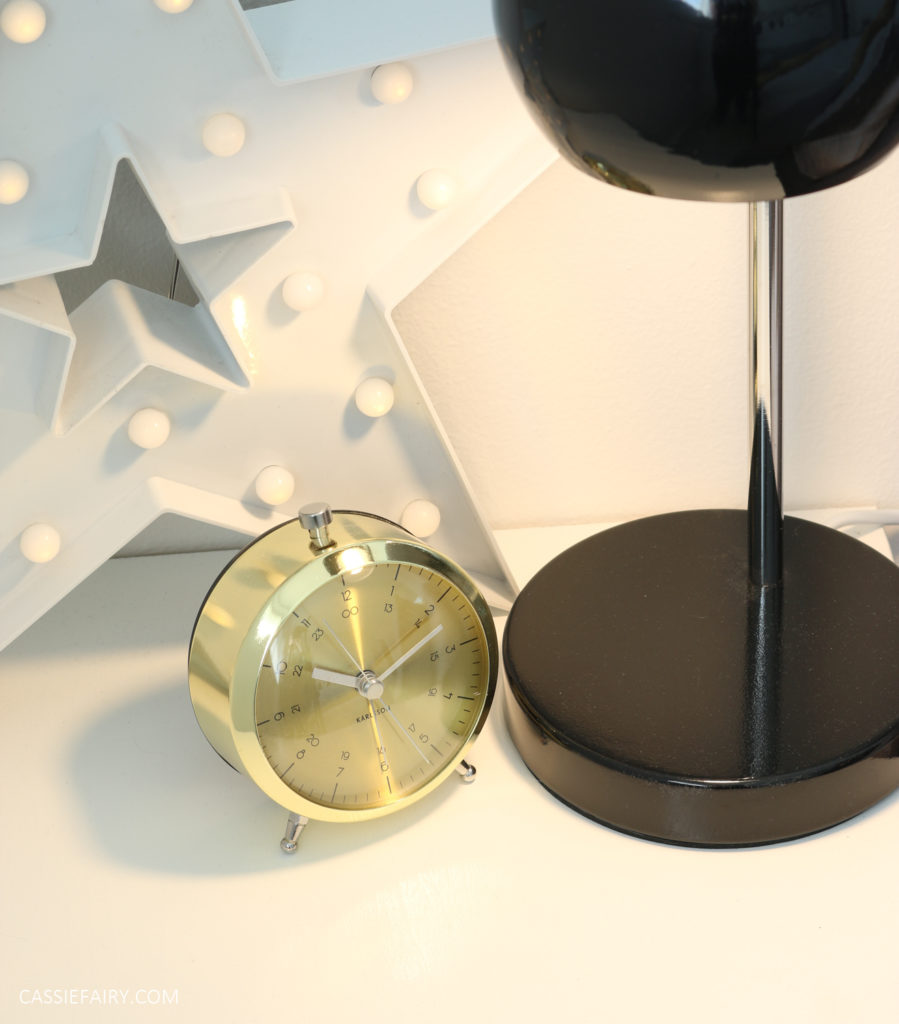
That said, some of the best ways to get a better night’s sleep is to tune out of tech altogether. So monitoring your sleep patterns through a wearable tracker or app is something that you only need to do a couple of times to get an baseline measurement. Then – on to the tech-free tips for a better night’s sleep!
TUNE OUT OF TECH
If you want to get a better night’s sleep it’s important to let your phone sleep too. After experiencing something like 15 UPS delivery notification text messages pinging through very (too) early one morning this week (and no, I hadn’t ordered anywhere near that many products so I wonder what’s going to be delivered?!) I realised just how important it is to shut your phone off if you want an undisturbed night’s sleep.
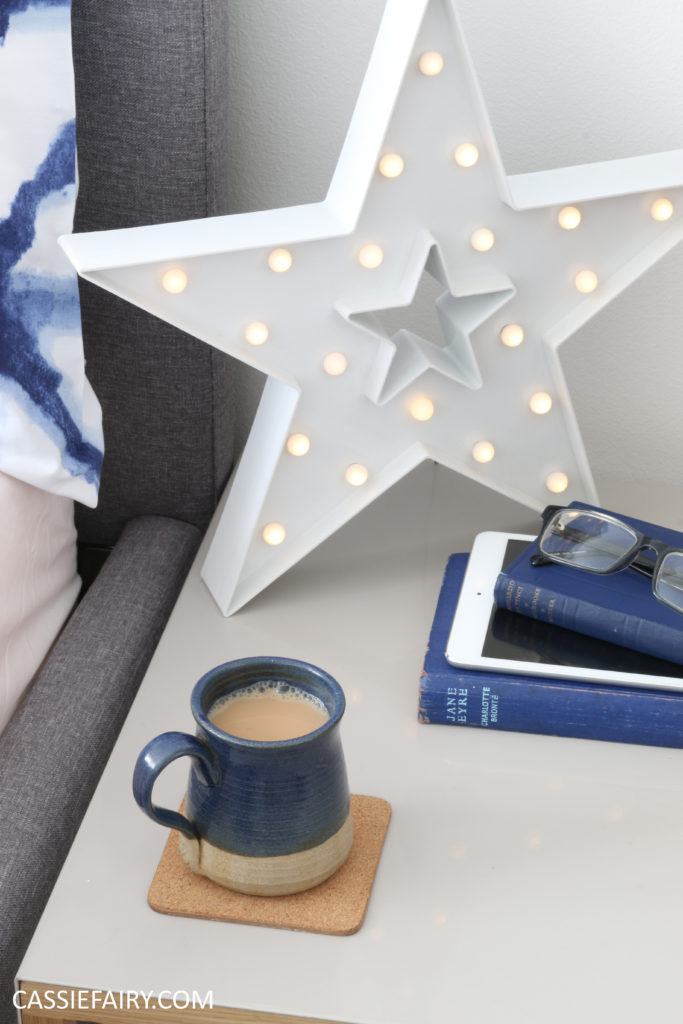
Considering that phones and social media are designed to be addictive with intermittent variable rewards (the same behavioural psychology that keeps people gambling on fruit machines) it’s no wonder that many of us check our phones last thing at night, and first thing in the morning. And sometimes, during the night too. So the best thing you can do for improving your quality of sleep is to put down that device!
Here’s a list of things you can do to tune out of your tech over night and enjoy better sleep:
- Keep your bedroom as a completely phone-free room.
- Charge your phone far away – in the kitchen perhaps?
- Put your phone on silent so that you can’t even hear it if it goes off in the other room.
- Or, better still, turn it on to airplane mode to ensure zero distractions.
- There’s a ‘do not disturb setting on my phone, which blocks all calls and messages apart from if they are sent from a specified list of senders. So if my mum phones in the middle of the night, I know it’s an emergency so her call will still get through to me.
- If you use your phone as an alarm, go and buy a ‘real’ alarm instead.
- Have a device-free hour or two before bed. This means you won’t experience any highs or lows from other people’s social media updates.
- Plus, you won’t be affected by that blue light that disturbs our circadian rhythms so you’ll fall asleep more easily.
- Turn off all notifications in general, not just at night. That’ll stop those distracting red dots from appearing on all your apps and puts you in control of checking them when you want to, and not at night.
- If you want to read before bed, avoid ebooks with bright lights and pick up a real book instead.
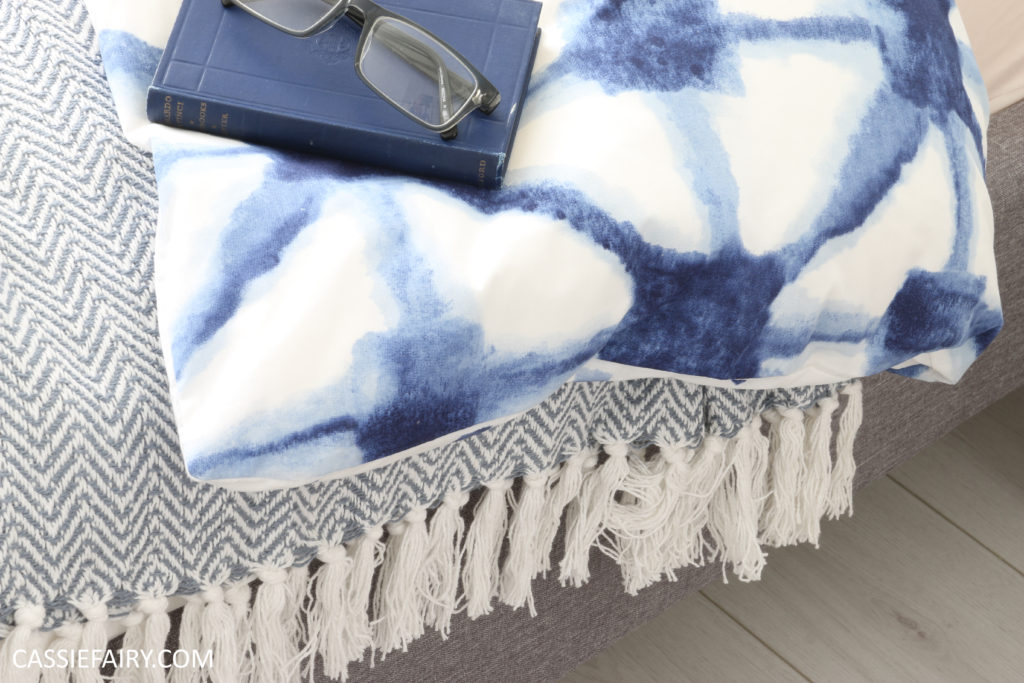
Interestingly enough, even Steve Jobs once said that he limited how much technology his children used at home (so much so that they hadn’t even used an iPad) so it MUST be a good idea to limit your use of tech if even the Apple guru keeps his kids away from it, right?
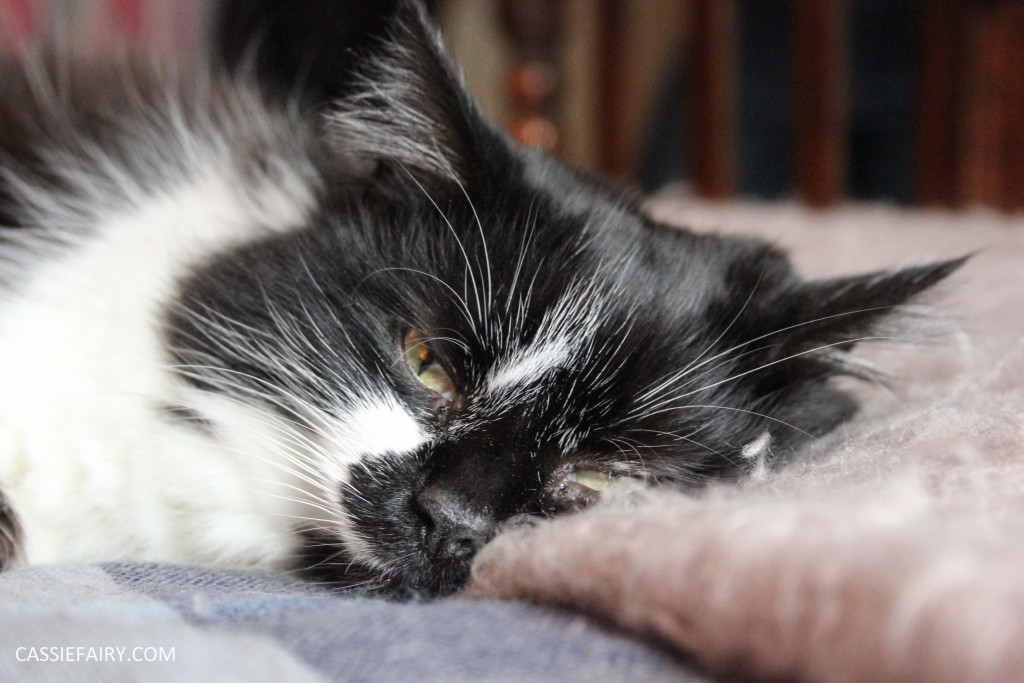
Try out the above ways to tune out of your tech and see how it affects the quality of your sleep. Did you sleep longer? Or deeper? Did you feel more rested? Did you fall asleep easier? Were you relieved to wake up calmly rather than to a barrage of messages? If you listen to your body after a few days (or a week, or month) of sleeping without your tech it’ll let you know whether it’s a good thing for you.
Let me know if you have a go at any of the above tech-free sleep hacks in the comments below and please share your own ideas for getting a great night’s sleep.
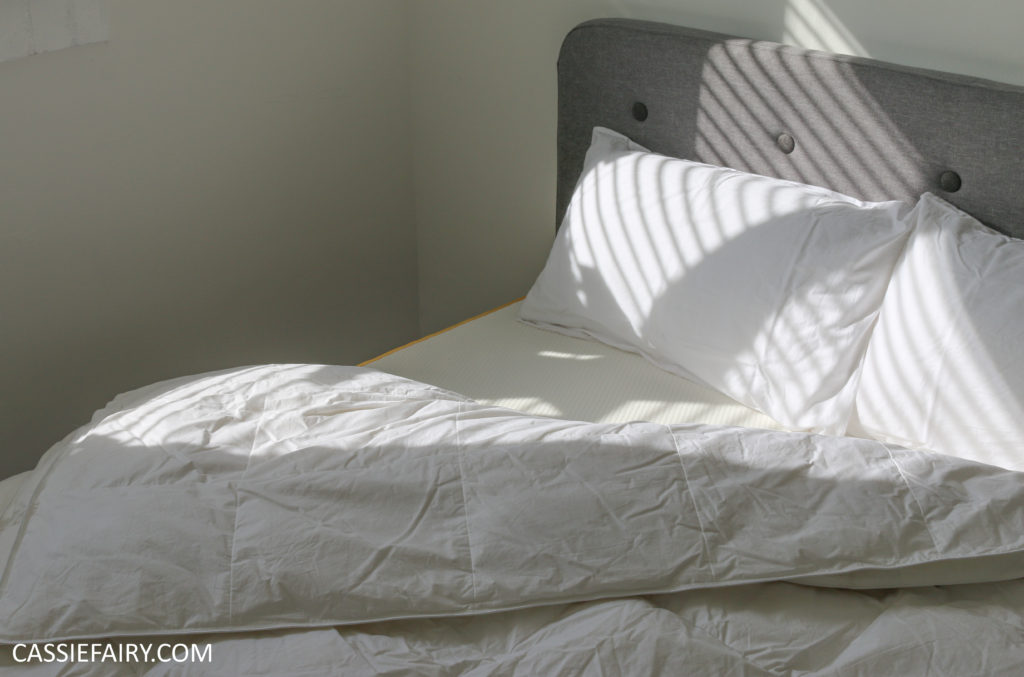
This article is a sponsored collaboration. The pink links in the content indicate a sponsored link or information source. The blog post reflects my own experience and the sponsor hasn’t had any control over my content 🙂


















